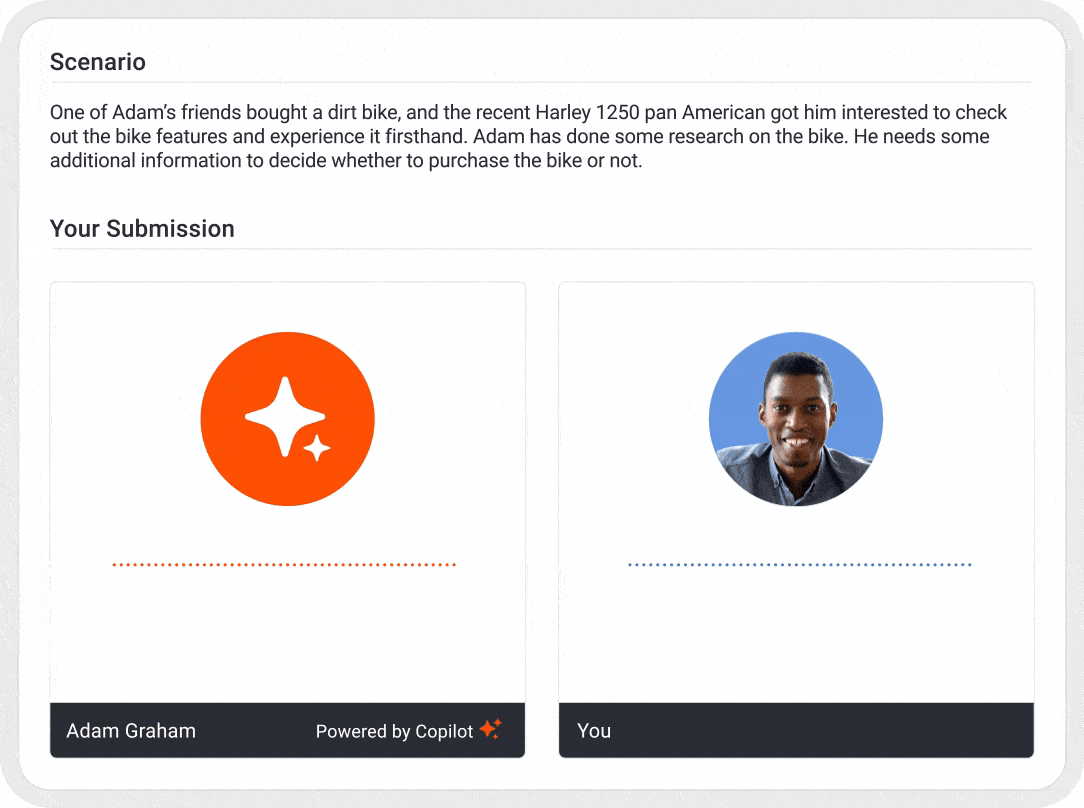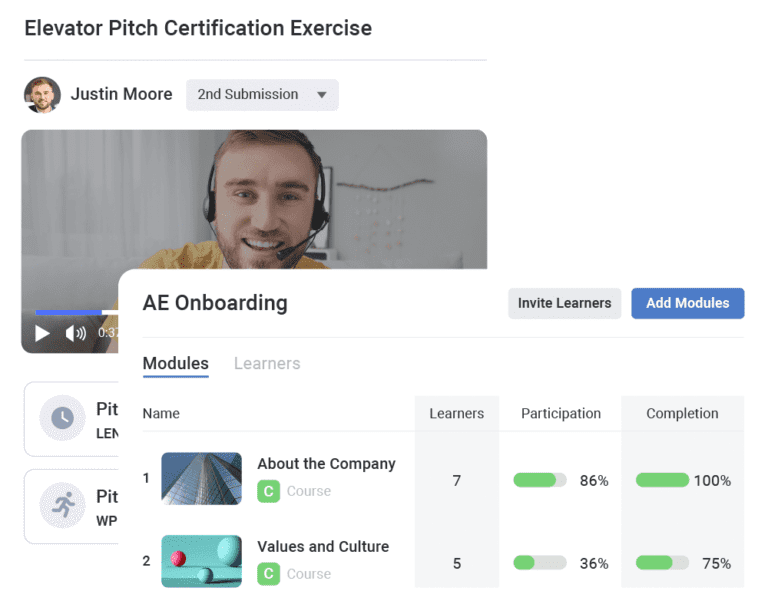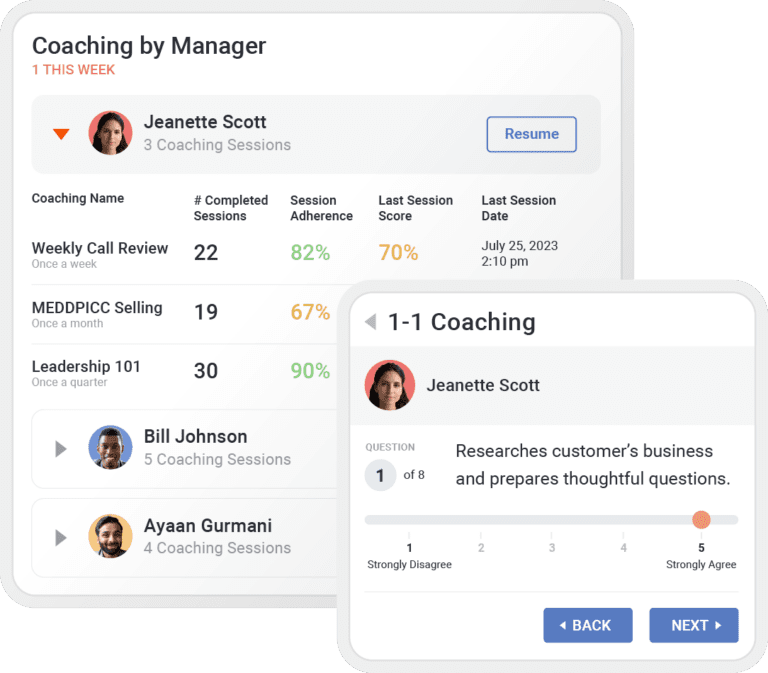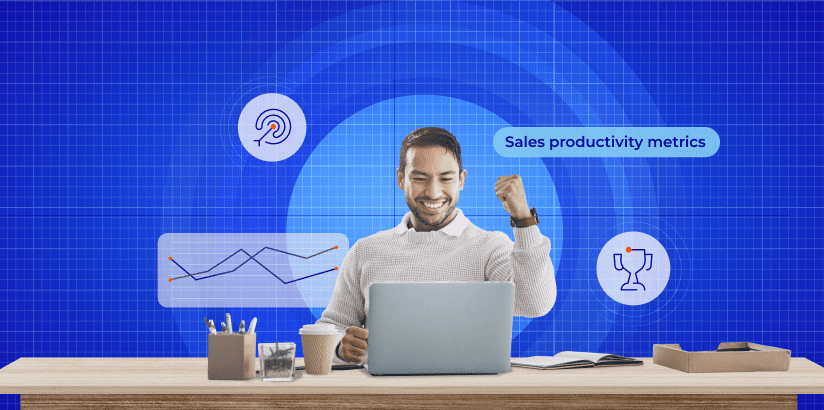By now, organizations of all sizes and industries are embracing sales enablement. That’s not surprising; a solid sales enablement strategy coupled with the right technology can significantly impact sales performance.
But all too often, an organization launches a sales enablement initiative—and it falls flat. Perhaps sellers aren’t engaging with the sales enablement program. Or maybe they are, but they’re not applying what they’ve learned in the field.
What can sales enablement professionals do to ensure their strategies and programs are engaging and effective?
In this post, we’ll explore some key steps revenue enablement leaders must take to ensure their programs are set up for success.
#1. Lay the groundwork for success
Before you pull your reps off the floor for the next sales training exercise or activity, ensure alignment and support from sales leadership. It is important to proactively address natural skepticism about enablement initiatives and ensure sales leadership understands how you will help improve their team’s effectiveness.
Provide visibility and seek feedback early and often. Sales leaders can help identify potential objections that you may have missed. They can also help you articulate the WIIFM—what’s in it for me—to help you “sell the seller” and land the desired training outcomes.
Ask sales leadership to partner with you on holding their teams accountable for leveraging and practicing the new training in the field while measuring impact. Soon, your teams will look forward to your training, knowing how much value it brings.
#2. Ask and address key questions
Great outcomes start with a great understanding of what you’re looking to accomplish. Before you build your plays and training content, you must have a clear vision of the business goal and the outcomes you strive to impact.
This will also help you prove the ROI of your sales enablement efforts. To ensure your training and sales plays resonate, ask six foundational questions:
Examples: Increase win rate, grow pipeline, shorten deal cycle, customer retention, etc.
Examples: Sales, account management, customer success, etc.
Examples: Industry, company size, region, buyer persona, etc.
Examples: Product marketing, sales enablement, front-line sales manager
Examples: In the discovery phase, during customer implementation, etc.
Examples: Hit quota faster, increase ASP to close fewer deals, recognition from leadership, etc.
Strong answers to these questions will be essential in getting buy-in and feedback from your sales managers. To further win over managers, determine whether you can plug into an existing sales event rather than create a new one.
To motivate sellers and increase engagement during the training, assign pre-work and reading before the training begins. A blended framework that includes pre-work, self-paced content, virtual role-plays, and webinars creates an engaging training experience.

For example, having a sales leader record a video demonstrating a best-in-class pitch or demo is a great way to keep learners engaged.
Self-paced voice-over slideshows and pre-recorded videos that teach information and show what great looks like can help with pre-training engagement. Save the live training session for discussions and Q&A.
With clear goals, managers on your side, and an established training format, you’ll have laid the foundation for effective sales enablement.
#3. Plan for in-training engagement (and disengagement)
We’ve all been met with blank stares during our training sessions before. A primary reason for lack of engagement is your sellers not understanding what’s in it for them.
In their eyes, you may be taking an hour away that could have been spent generating more leads or making prospecting calls. It’s your job to “sell the sellers” and convince them that your training will help them drum up higher–quality leads faster.
Capture attention immediately by previewing your next-generation sales play. Gone are the days of traditional, one-size-fits-all sales playbooks. A dynamic sales environment demands a dynamic playbook. With advanced sales enablement technology, you can provide your sellers with plays that contain both content and guidance designed to prepare your team with what they need to know, say, show, and do in every unique selling scenario.

Make your session interactive and engaging. Ask questions, have sellers share their stories, or break into groups for activities to help connect the dots between the training and action. With the right play and training delivered in an interactive, audience-first way, your salespeople will begin to look forward to your sessions, knowing the knowledge provided will ultimately make them and the company more successful.
#4. Build a post-training plan
As impactful and inspiring as your training might have been, salespeople juggle dozens of daily tasks. Your training will quickly be forgotten unless it is reinforced and muscle memory is built in the field.
Promote the play or training materials via multiple channels such as email, your CRM, and your sales enablement platform, so it’s easily accessible where reps spend their time. To overcome the forgetting curve that naturally happens after training, it’s important to include spaced reinforcement of knowledge and training after the event to ensure reps have adopted product messages and have time to internalize that information.
Ongoing training will also play a critical role. You might provide courses, quizzes, sales coaching sessions, and more directly within your sales enablement platform to help your reps improve their skills.

To gauge your enablement effectiveness, you can measure sales enablement KPIs that indicate whether or not your training landed internally and helped reps take off externally with their customer conversations. Metrics, like sales play adoption, curriculum completion, and pitched content performance, can all indicate enablement success.
In addition, use technology to request feedback on what worked, what didn’t, and what could be improved moving forward. Showing that you heard and acted on feedback will make sellers more likely to show up, engage, and share.
Bring your sales enablement strategy to life with Mindtickle
Developing a sales enablement strategy doesn’t guarantee success. Instead, you need to take certain steps to ensure you can bring your strategy to life – and make a real impact on sales performance.
The right sales enablement technology is foundational to success. More and more revenue organizations are trading their learning management systems (LMS) and other point solutions for an integrated revenue enablement platform like Mindtickle.
With Mindtickle, you can build and deliver tailored sales enablement programs that ensure each seller has what it takes to be successful in the field. In addition, Mindtickle makes it easy to holistically measure the impact of sales enablement so you can prove ROI and course correct as needed.
Sales Enablement in Mindtickle
Ready to see why more and more sales enablement organizations are partnering with Mindtickle?
Get Your DemoThis post was originally published in July 2020 and was updated in July 2024.



 By Rahul Mathew
By Rahul Mathew

 By Christian Pieper
By Christian Pieper